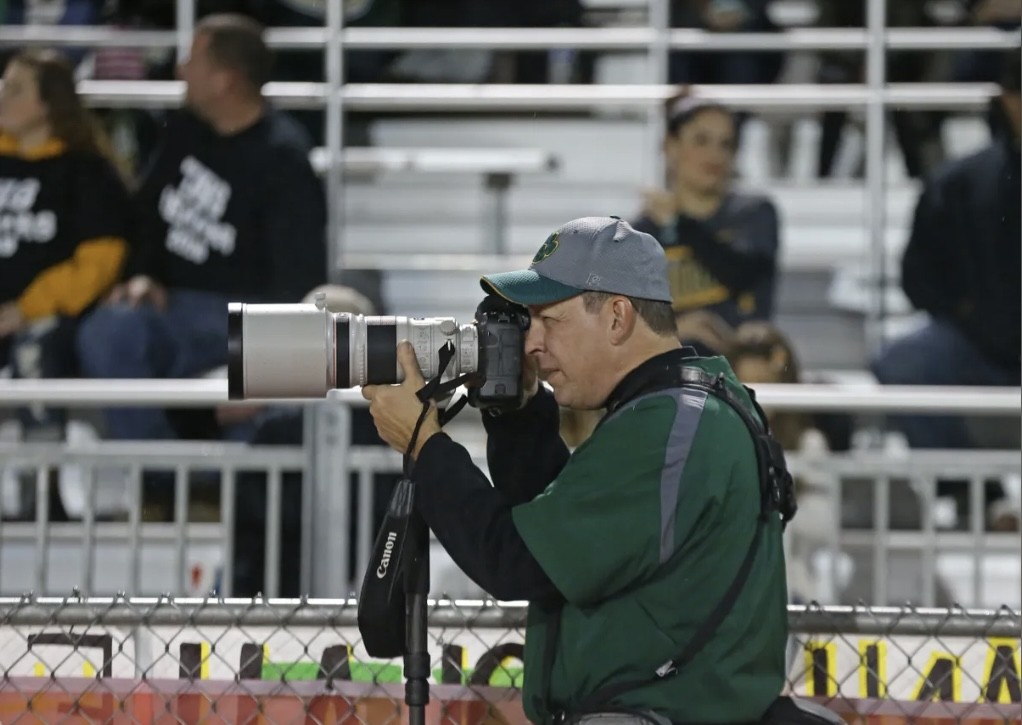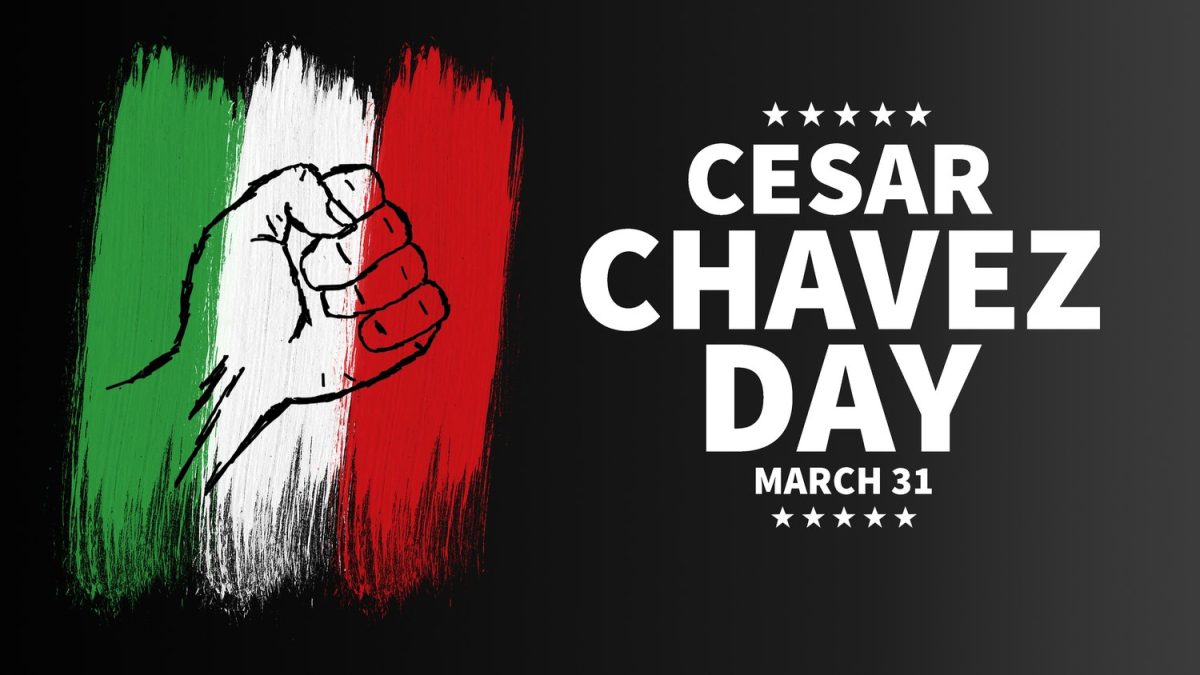When it comes to the game of golf, there are many aspects of the sport that need to come together to complete the experience. There are many clubs that you must know how to hit and many situations that you will need to know how to get out of.
Basics:
Some basic things to know before playing is course etiquette, basic ball and hand positioning and controlling your mental game.
Course etiquette means keeping pace of play, staying quiet while others are hitting, staying out of people’s line of sight while they are hitting and repairing ball marks on the green and divots on tee boxes and fairways. These are some of the most basic rules for etiquette.
The longer the club, the farther it will go, this also means that the ball must be more forward in your stance, which means closer to the lead foot.
And for your grip, you should use whatever is most comfortable but the most common and most efficient way to grip the club is interlocking your left index and right pinky for righties and right index and left pinky for lefties.
Golf is a big mental sport, the key to controlling it is staying calm, not letting bad shots get in your head and most importantly just having fun.
When you get mad over a bad shot the frustration can cause you to continue to play bad because you have those shots fresh in your mind, so you just must let it go and move onto the next.
Tee Shots and Driver:
Your tee shot is the first shot you hit on each hole. You start on the tee box and will try to hit the ball at the desired location. Most holes, such as par fours and fives, you can hit with your driver, which is your longest club and will generally go the farthest.
To hit the driver, the ball should be closer to your lead foot and tee it up to perfect height. For righties it’s the left foot and for lefties it’s the right foot. Finally, checking your aim and positioning is important to ensure you hit the ball straight.
Fairways, Rough, and Irons:
If you land in the fairway, it should be the easiest place to hit from to get to the green. There are multiple irons and woods that can be taken to hit from the fairway. The lower the number on the iron means that it will generally go farther and stay lower.
In some situations, you can’t always full swing your club, sometimes you need to adjust your stance and swing to keep it low or get it high. An example is if you are under a tree, hitting it normally could get you to hit the tree with your club and/or ball. To adjust and hit this shot you would put the ball back in your stance and lean the club to make the loft lower.
Woods are like drivers as they can go far but not needing to be elevated on a tee. But a general rule to understand is the farther the club goes, the more difficult it will be to control and hit straight.
If you end up in the rough on a hole, it can be difficult to find the ball and hitting it out can be difficult if it is thick. You should always take an iron to hit the ball out of the rough because a wood could get stuck and would slow down.
Hybrids are another alternative to hitting wood or an iron. A hybrid is a mix between the two and can be hit in both fairways and rough situations.
Another situation that people can land in are fairway bunkers which can be difficult to get out of if not played properly.
When hitting out of a fairway bunker, take a longer iron, such as four, five or six, and grab lower down on the club. Then ground your feet into the sand to give yourself better stability and balance. Then you swing the club like normal and hit the ball trying to hit the sand as little as possible.
Wedges and Greenside shots:
When in the area surrounding the green there are multiple clubs that you could use to get close to the hole and to chip on. Some of the most common clubs are a 52 degree, 56 degree, or a 60 degree.
The higher the degree of the club, the higher the ball will go which also means that the ball won’t go as far. The type of grass you are hitting on could also affect the height and distance that the ball travels.
When hitting on short grass the ball will stay lower and travel farther, but when hitting out of rough, the ball will go higher and shorter. The thicker the grass is, the more power you will have to put into your swing.
If you land in a greenside bunker, it may cause you trouble to hit out. The club you would want to hit is a 56 degree (sand wedge) because it has a good loft to get the ball into the air out of the bunker.
When hitting the bunker shot you should get the ball forward in your stance, like how you would with a driver, then ground your feet and open the club face. Then you can do a half to full swing and try to hit about an inch behind the ball. It is important to remember that you want to hit down into the sand.
Putting and Reading the green:
Putting is the easiest part of your game to improve but it is also extremely important to focus on because it can directly influence a player’s score. Improving your putting can save many strokes and can make a significant difference in a player’s success during their round.
There are many parts to putting that can determine a good stroke or a bad stroke. Making sure your aim, stance and posture are good major factors to improving your putting. There are many drills that you can set up to make these things perfect but just practicing putting and repetition is a very good way to improve your game.
Reading the greens is another important aspect of putting because not every putt you have will be straight. Reading the greens means analyzing how the slope of the green will affect the roll of the ball and which direction it will break (turn).
When determining how the green breaks, you would need to adjust your aim to ensure you can roll the ball to the hole.
Mastering the game of golf takes lots of time and effort. You must practice consistently but with the right tools and mindset, anyone can improve and enjoy the game more. It is important to remember that any sport takes years to get good at and isn’t something that can be done overnight but it can be done with lots of perseverance and practice.







